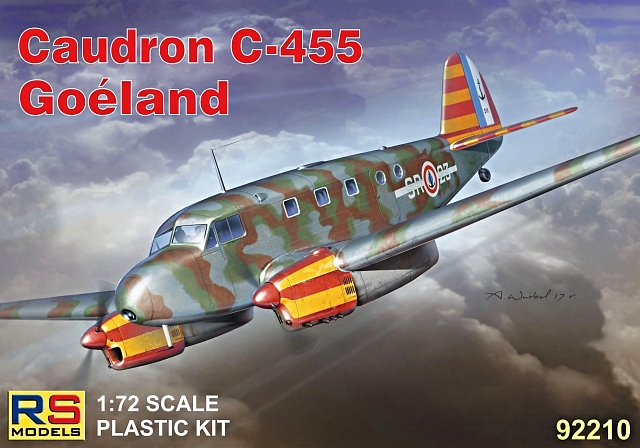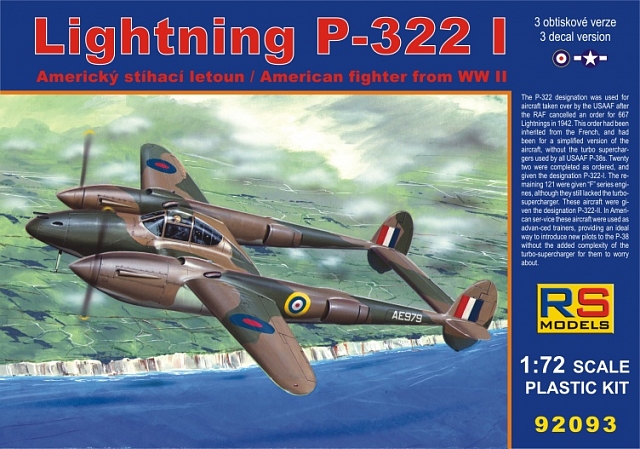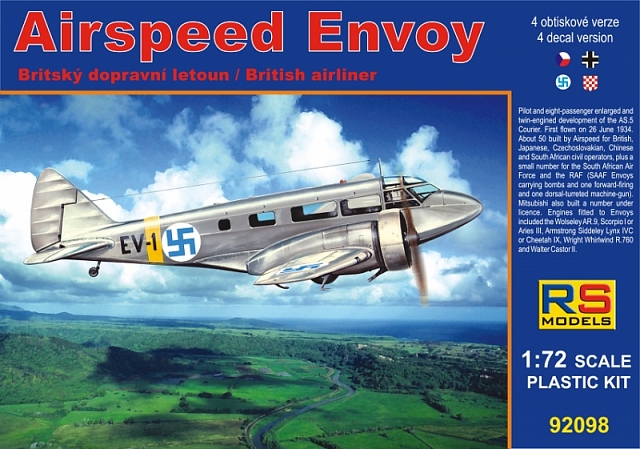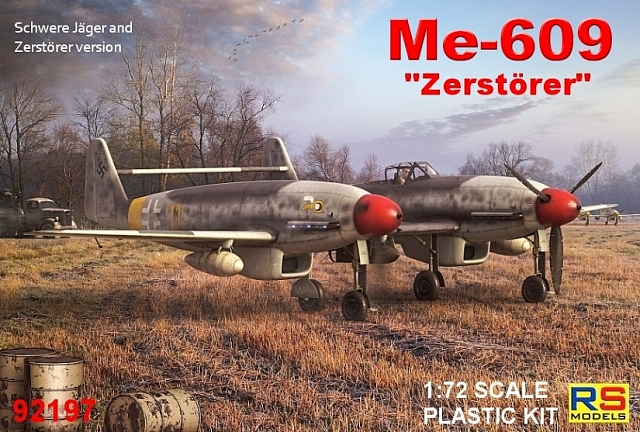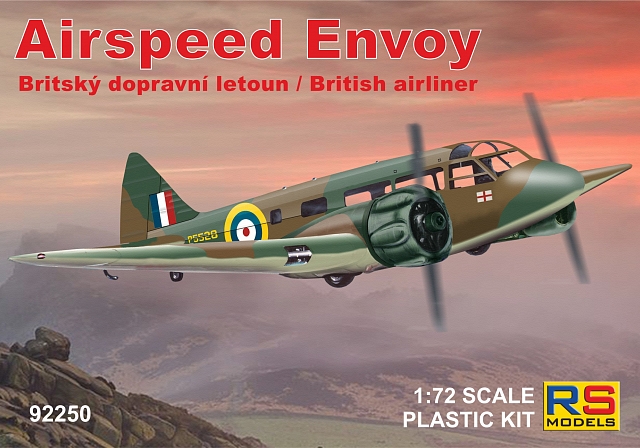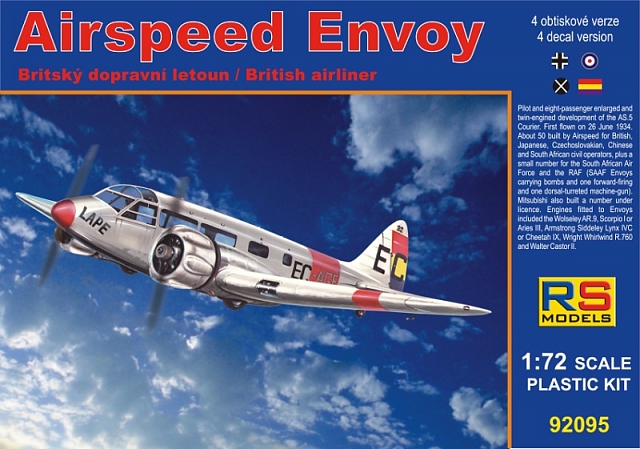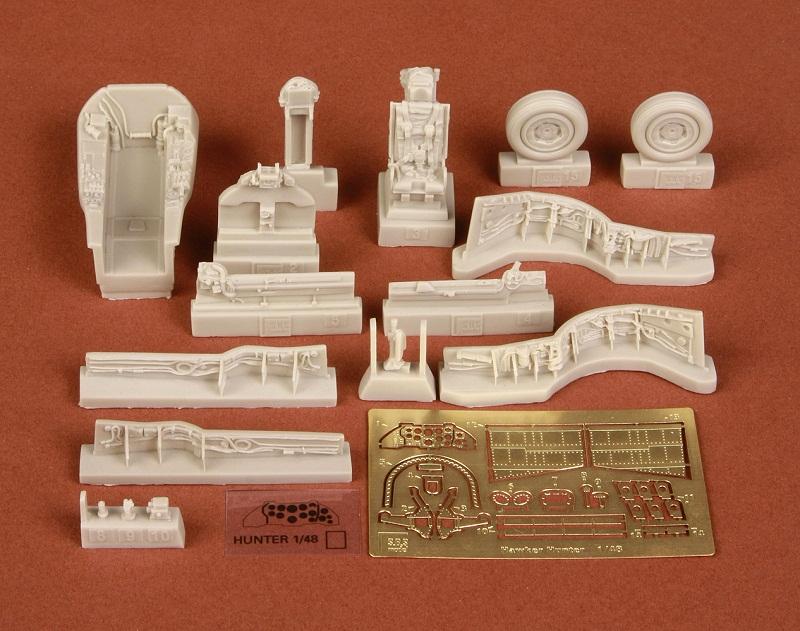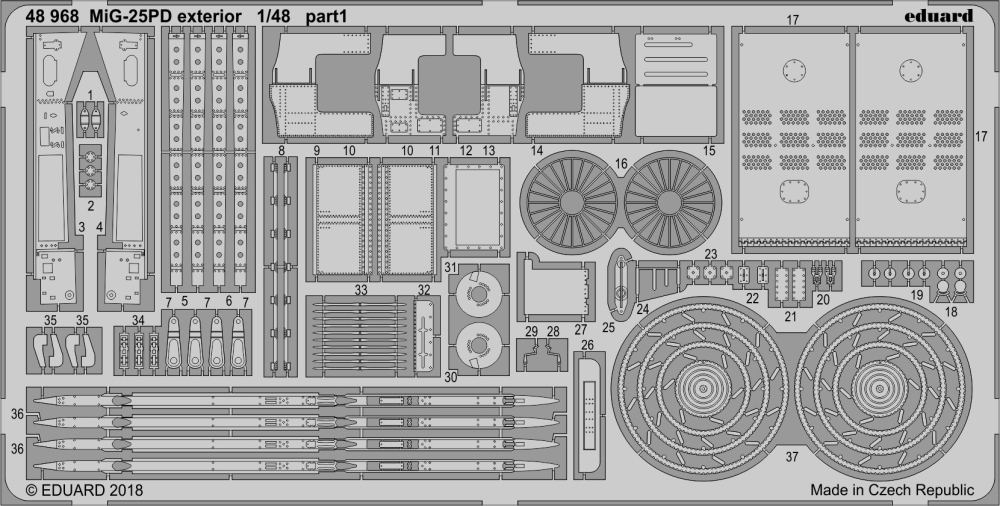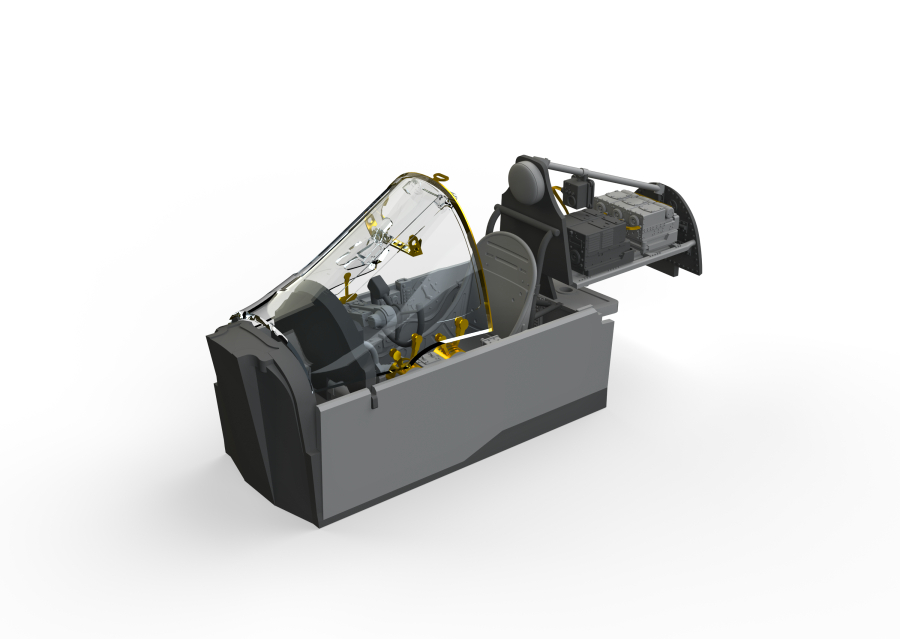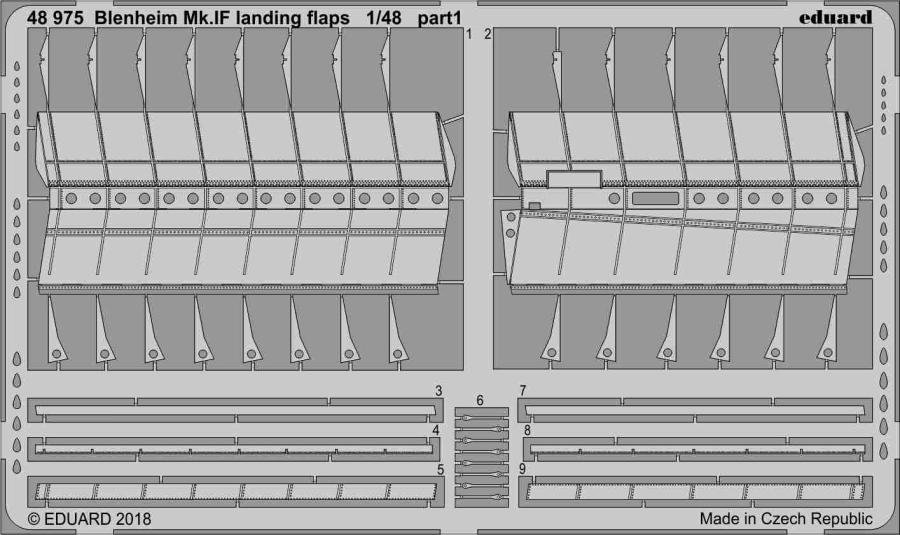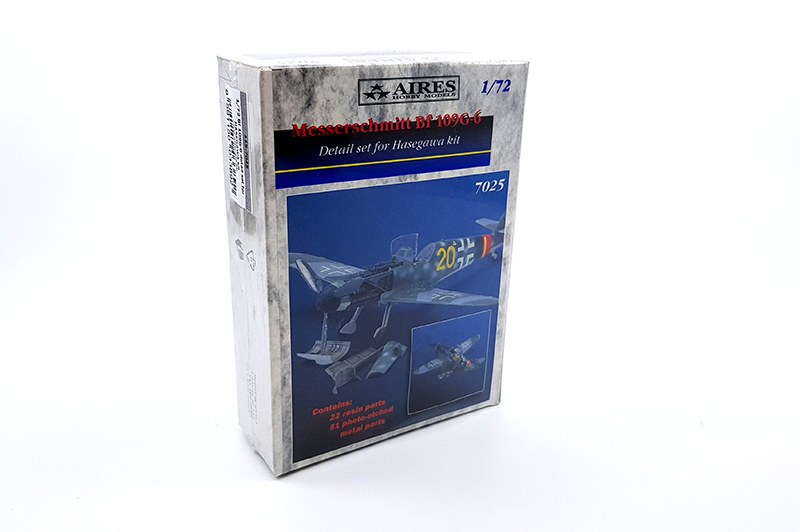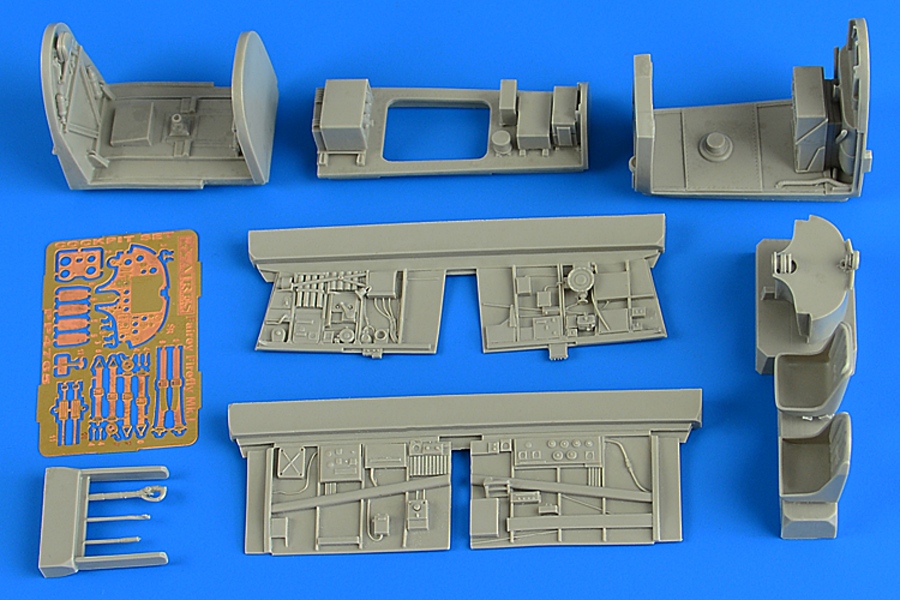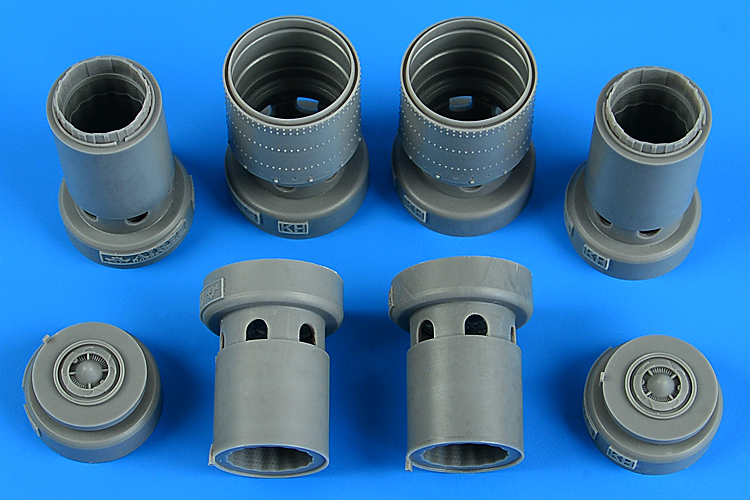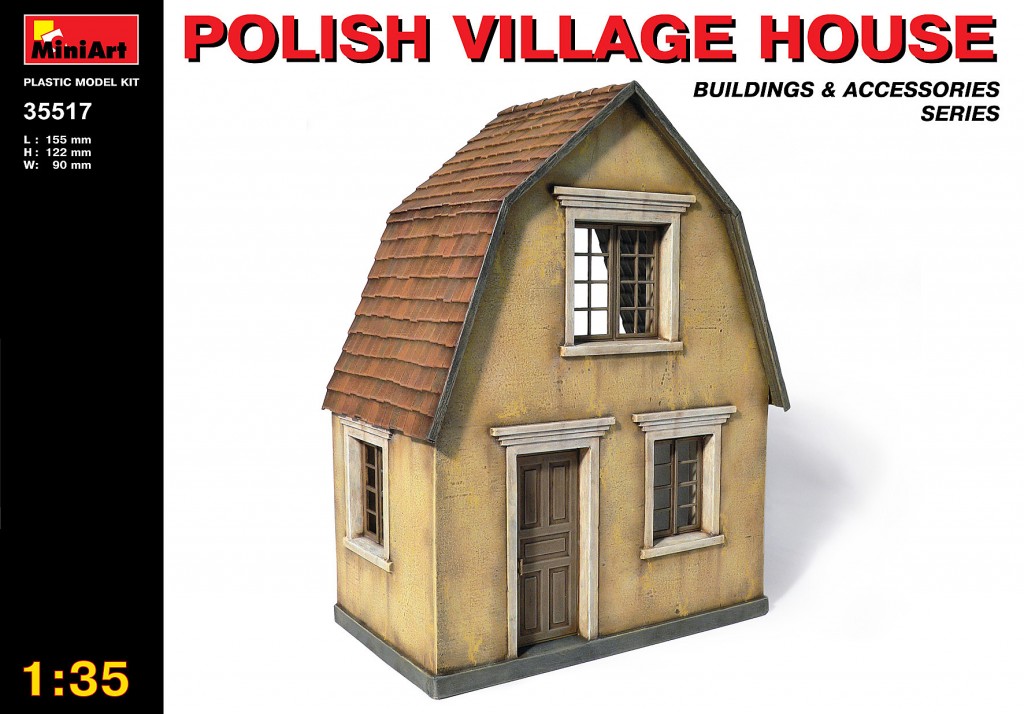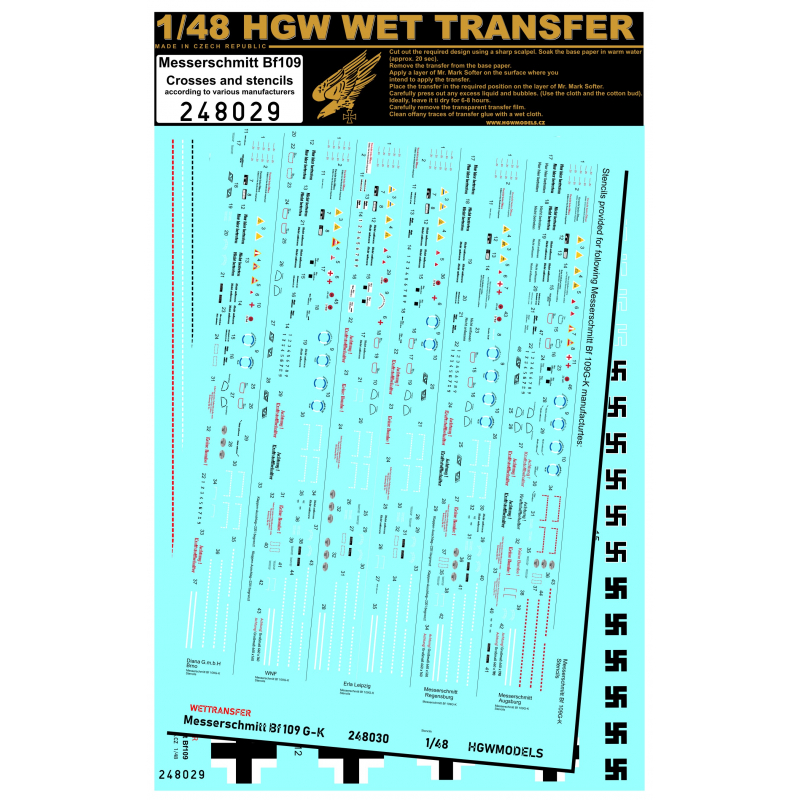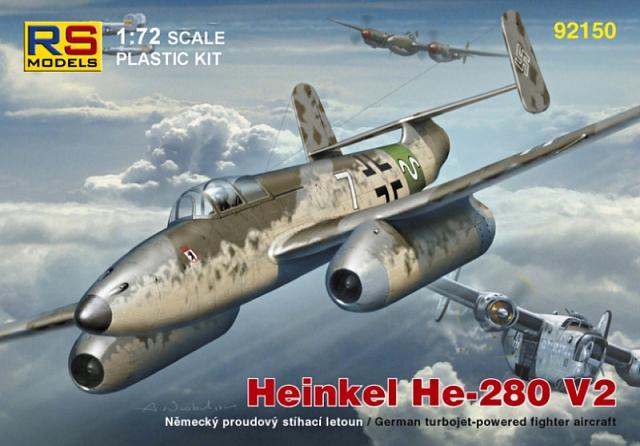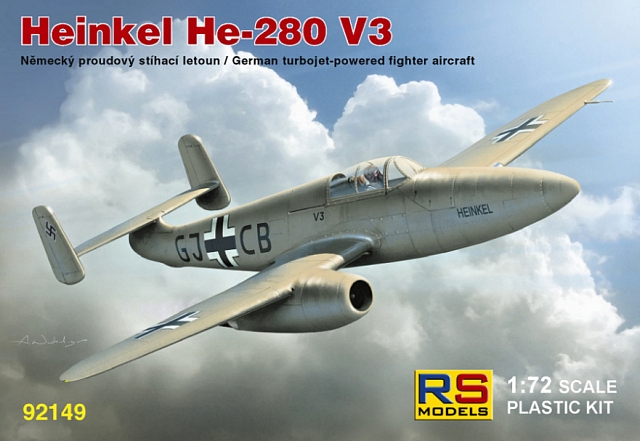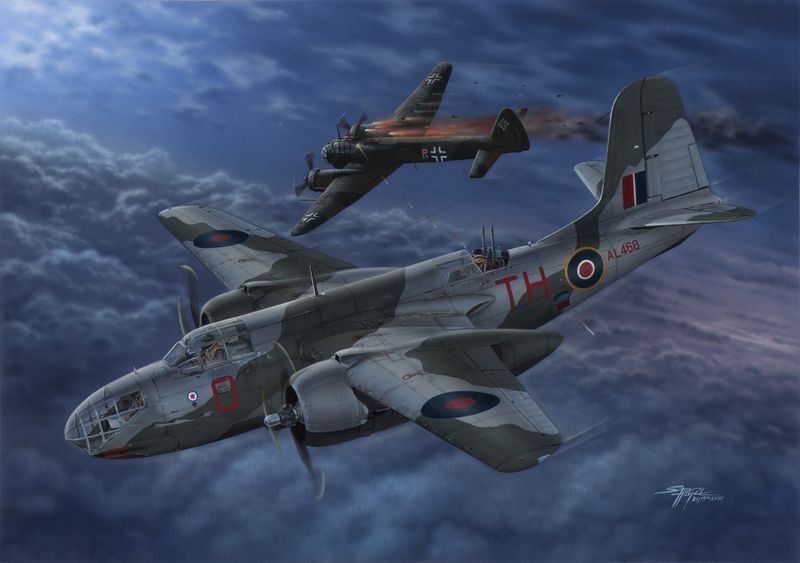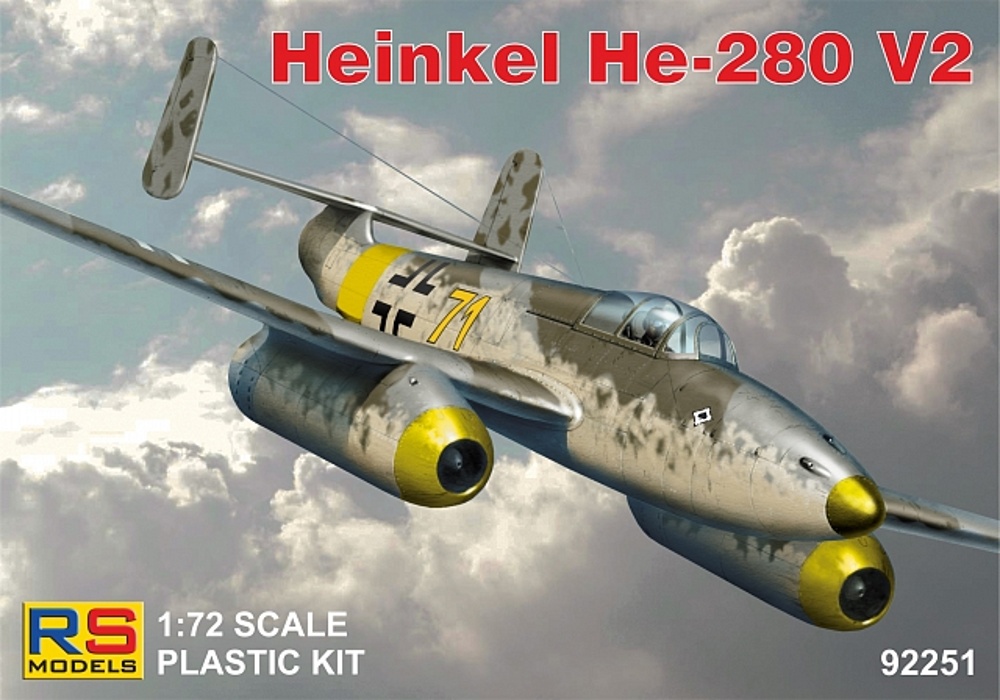Modely
Celkem 4308 produktů
Plastikový model letadla 1/72 P-38 H Lightning 4 decal v. for USA. 4 obtiskové varianty 1. P-38H, of 39th Sq., 35th FG, Guadalcanal, 1943 2. P-38H, of 9th FS, 49th FG, Capt. Richard Ira Bong, New Guinea, 1943 3. P-38H, 37th FS, 14th FG, Maj William L Leverette, Libya, 1943 4. P-38H, 8th AF, 55th FG, 38th FS, Great Britain, late 1943 Lockheed P-38 Lightning byl jednomístný stíhací a stíhací-bombardovací letoun, který byl považován za jeden z nejlepších spojeneckých bojových strojů během 2. světové války. Byl nasazován v bojích v Evropě i Tichém oceánu. Letoun s dvojitými ocasními plochami byl rychlý, těžce vyzbrojený a velmi mnohostranný. Nemohl se rovnat s jednomotorovými stíhacími letouny Messerschmitt Bf 109 a Focke-Wulf Fw 190, na svou velikost však byl i tento stroj velmi snadno řiditelný a efektivní – alespoň se schopnými piloty. To platilo zejména v jihozápadním Pacifiku, kde s těmito stroji létali nejúspěšnější američtí piloti, major Richard I. Bong a major Thomas B. McGuire.
Plastikový model letadla 1/72 Airspeed Envoy 4 decal v. for Spain, Nanking, RAF. Pilot and eight-passenger enlarged and twin-engined development of the AS.5 Courier. First flown on 26 June 1934. About 50 built by Airspeed for British, Japanese, Czechoslovakian, Chinese and South African civil operators, plus a small number for the South African Air Force and the RAF (SAAF Envoys carrying bombs and one forward-firing and one dorsal-turreted machine-gun). Mitsubishi also built a number under licence. Engines fitted to Envoys included the Wolseley AR.9, Scorpio I or Aries III, Armstrong Siddeley Lynx IVC or Cheetah IX, Wright Whirlwind R.760 and Walter Castor II. 4 decal variants1. AS.6J, RAF, 19402. AS.6J, Spanish Nationalist, 19363. AS.6J, Spanish Republicans, 19364. AS.6J, Kwangsi Air Force, 1937
Plastikový model letadla 1/72 Caudron C-445/448 4 decal v. for France, Spain. Caudron C-455 was a conventionally configured low-wing cantilever monoplane with tailwheel undercarriage. The main undercarriage units retracted into the engine nacelles. Construction was wooden throughout, with wooden skinning everywhere but the forward and upper fuselage sections, which were skinned in metal. As usually configured, the cabin seated six passengers with baggage compartments fore and aft, and a toilet aft. 4 decal variants1. Caudron 448 Goéland, N°7272 F-AOMX, Course Paris-Saïgon, 1936 2. Caudron 445 Goéland, N°8712, GC I/55, France, June 1940 3. Caudron 445 Goéland, 2T-11, Mouzaiaville, Algeria, June 1944 4. Caudron 448 Goéland, N°7272, ex. F-AOMX, Grupo de Caza 26, 1937
Plastikový model letadla 1/72 Caudron C-445 France 4 decal v. for France. 4 obtiskové varianty 1. Caudron 445 Goéland of a Polish Training Division, France 1940 2. Caudron 445 Goéland, Aeronavalé, Rochenfort, France, May 1940 3. Caudron 445 Goéland, La Sénia, Algeria, January 1943 4. Caudron 445 Goéland, ex-Vichy transport Aircraft, 1944 Letoun vznikl na základě požadavku na rychlý, ekonomický a pohodlný dopravní letoun. První C.440 vzlétl v 17. června 1935 a už první zkoušky potvrdily jeho mimořádně zdařilou konstrukci. Osmimístný letoun s kabinou pro dva piloty poháněla dvojice invertních řadových vzduchem chlazených šestiválců Renault Bengal Six s výkonem po 132 kW. Následovaly tři kusy C.441 s výkonnějšími pohonnými jednotkami Renault 6Q-01 po 162 kW, které byly s protiběžným smyslem otáčení instalovány také do následující civilní verze C.444. Prototyp C.445, zalétaný v roce 1936 rovněž s motory 6Q, měl křídlo se zvětšeným vzepětím o 1°. Závodní dálkový stroj upravený z C.445 nesl označení C.445R. Varianta C.448 byla opět vybavena výkonnějšími motory 6Q-02 a 6Q-03 po 176 kW (levotočivý a pravotočivý) a její vzletová hmotnost se tak zvětšila z 3500 kg na 3700 kg.
1/48 Messerschmitt Bf109 Crosses + Stencils - Wet Transfers - various manufacturers. Crosses and stencils for Messerschmitt Bf109 in 1/48 scale. Wet transfer technology means that decal doesn't leave any signs of varnish or typical film after its application, so only text or symbols stay attached to the surface. The biggest issue relating to using ordinary decals is the varnish which creates a glossy film around the decal. It is quite hard to work with classic decals the way to make this film invisible and it is impossible to reach a good result in case of metallic surfaces. OK, there are dry transfers on the market but work with them is also quite uncomfortable, it is hard to place them correctly and a modeler has the one chance only. HGW's wet transfers are similar to ordinary decals. It is possible to move them during the attaching process and find the best position. Then just push the water from below the transfer, let it dry few hours, remove the transfer foil and work is done. Only text or symbol stays attached to the surface. Instructions: 1. Cut the required part.2. Soak in hot water and wait till the decal loose its base-paper.3. Apply as regular decal.4. Push the water from below the decal.5. Let it dry for 2-3 hours.6. Remove the transfer foil and clean the glue stains with water.
1/48 Messerschmitt Bf109 Crosses + Stencils - Wet Transfers - various manufacturers. Crosses and stencils for Messerschmitt Bf109 in 1/48 scale. Wet transfer technology means that decal doesn't leave any signs of varnish or typical film after its application, so only text or symbols stay attached to the surface. The biggest issue relating to using ordinary decals is the varnish which creates a glossy film around the decal. It is quite hard to work with classic decals the way to make this film invisible and it is impossible to reach a good result in case of metallic surfaces. OK, there are dry transfers on the market but work with them is also quite uncomfortable, it is hard to place them correctly and a modeler has the one chance only. HGW's wet transfers are similar to ordinary decals. It is possible to move them during the attaching process and find the best position. Then just push the water from below the transfer, let it dry few hours, remove the transfer foil and work is done. Only text or symbol stays attached to the surface. Instructions: 1. Cut the required part.2. Soak in hot water and wait till the decal loose its base-paper.3. Apply as regular decal.4. Push the water from below the decal.5. Let it dry for 2-3 hours.6. Remove the transfer foil and clean the glue stains with water.
Plastikový model letadla 1/72 Boston MK.III Intruder. Model of the US WW2 two-engined aircraft in a version used by the British in the night fighter and intruder roles. The kit consists of seven styrene sprues which feature also the underbelly machine gun pod for the Intruder machines and the Havoc Mk.II night fighter style nose section, one clear styrene sprue, decal sheet, resin parts and photo etches. this version has never been kitted before decals cater for four marking schemes, two Intruders and two Havoc Mk.III‘s photo etched antenna array parts finely detailed Hedgehog style exhausts Country of origin: UK / WWII


